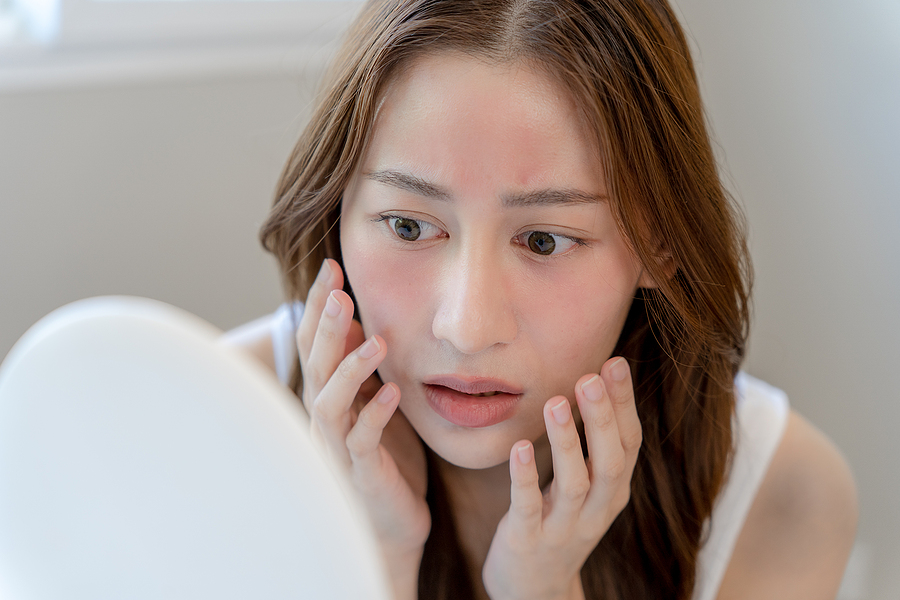Tanning beds may be a popular way to get a tan, but they can cause sunburn or even more serious burns if you’re not careful. If you find yourself with one of these painful burns, there are ways to treat it at home and prevent further damage. In this blog post, we’ll discuss how to properly care for your burn and the best treatments for treating tanning bed burns from the comfort of your own home. Read on to learn more about treating tanning bed burns!

Tanning Bed Sunburn Treatment Options
Cool Down the Skin
The first step in treating a tanning bed burn is to immediately cool the area with cold water or an ice pack. This will help reduce inflammation and pain, while also providing much-needed relief. Leave the cold compress on for 15 minutes at a time and reapply as needed. You can also take ibuprofen or other anti-inflammatory medications to further reduce swelling and discomfort.
Use a Healing Ointment
For more serious burns, topical ointments can be applied to help soothe the skin, replenish moisture, and promote healing. Over-the-counter products such as aloe vera gels or hydrocortisone creams are usually effective for milder cases, but it may be necessary to seek medical advice if your burn is more severe. You may be prescribed an antibiotic ointment or a stronger steroid cream to reduce inflammation and prevent infection.
Keep It Clean
It’s also important to keep the affected area clean, especially if you have blisters or open wounds. Gently wash the area with soap and water several times a day and apply an antibacterial ointment to help speed up healing. If your skin starts to peel, use moisturizers to keep it from becoming dry and irritated.
Protect It
Finally, avoid exposing the burned areas of skin to direct sunlight for at least two weeks as UV rays can aggravate the damage. It’s also best to wear loose-fitting clothing that covers your burn since tight fabric can cause further irritation and slow down healing time.
Conclusion
Treating tanning bed burns at home can be a tricky process, but with the right care and attention, you can reduce inflammation, speed up healing time, and prevent infection. Remember to cool down the area immediately after your tanning session and apply topical ointments or creams as needed. And don’t forget to cover the burned areas with clothing when going out in the sun. Following these simple steps should help keep your skin healthy and looking great!
How to Prevent Tanning Bed Burns
If you use a tanning bed, there are a few steps you can take to avoid getting burned. First, make sure to use a tanning lotion product with SPF to protect your skin. Limit your sessions to 10-15 minutes at a time, and never go more than once a week. Additionally, always wear protective eyewear to shield your eyes from the strong rays. By taking these precautions, you can still get a natural-looking tan without risking the health of your skin.
Furthermore, you want to be sure you’re choosing a reputable tanning salon. Not only does a quality salon provide you with a better overall experience, but it also ensures that you’re safe while soaking up some rays. Unlike lesser establishments, reputable tanning salons use high-quality equipment and employ knowledgeable staff to help guide you through the process. They also take cleanliness seriously and focus on maintaining a safe and healthy environment. So, next time you’re looking for a tanning experience, make sure to do your research and choose a salon with a solid reputation. Your skin (and peace of mind!) will thank you.
Are you looking for a local tanning salon that offers the best tanning beds and products around? Contact Broad Ripple Tans at 317-257-8262 to get the best deals on tanning beds, spray tanning, tanning products, and more! We also offer coupons!
Related Posts:
The Benefits of Regular UV Light Exposure from Indoor Tanning
How to Choose the Right Indoor Tanning Lotion for Maximum Results
How to Treat a Tanning Bed Rash

